Dear friends, today’s topic is fascinating. As we all know, the soil is vital for plant growth, because it makes sure the essential nutrients, vitamins, and minerals supply. Then a question here – can plants survive without soil? Exactly, they can. If you do not believe that, just continue reading. This article will discuss something about hydroponics, which is a new way to grow plants without soil. Without any ado, let’s get started.
Content Table
What is Hydroponics?
To begin with, what is hydroponics? It is a new way to grow plants without soil. The plants are cultivated by immersing their roots in nutrient solutions, which can meet their basic demands, such as water, nutrients, and oxygen. Besides, the roots can be supported by an inert medium, like gravel, perlite, and other substrates. Sounds not bad, right? Hydroponics can be applied to gardening and farming. By the way, the word “hydroponics” is from Greek. “Hydro” refers to water, while “ponos” means labor.
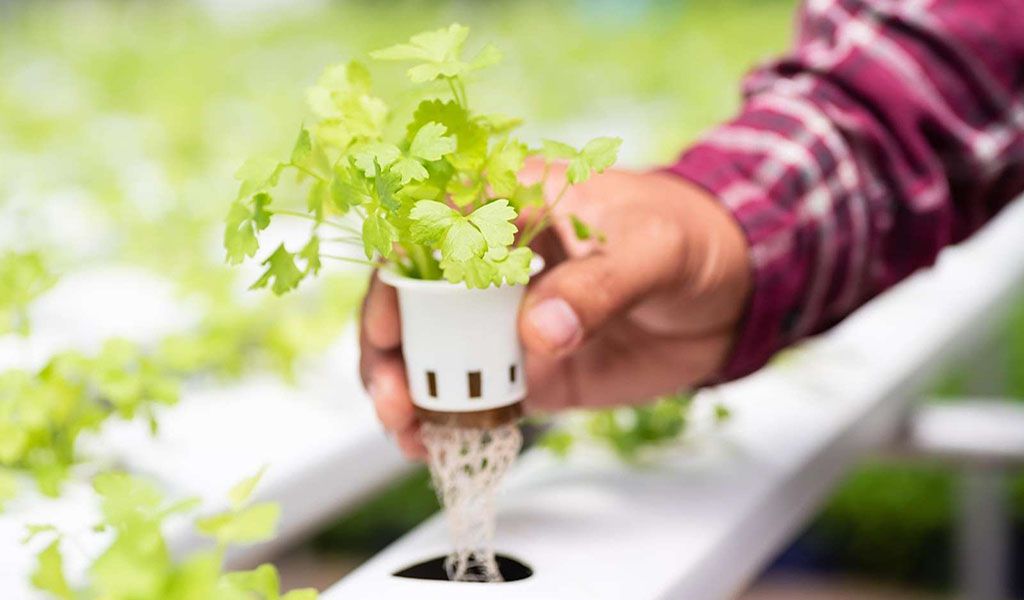
Additionally, there are different types of hydroponics, including wick systems, ebb and flow systems, water culture systems, drip systems, aquaponics systems, aeroponics systems, floating capillary hydroponics, nutrient film techniques systems, and deep flow techniques. Next, we will talk about some of them specifically.
1. Wick system
Via a string, nutrients, and water are carried to the growing medium, which is to support the plants. However, it is not feasible for large plants, as the string can not fulfill their basic requirements. Additionally, the procedures are simple. Thus, it is ideal for beginners.
2. Ebb and flow system
The Ebb and flow system needs a large amount of medium, but it can make good use of water and energy.
3. Water culture system
Usually, plants are placed on top of containers filled with water and nutrients. Also, plants’ roots are suspended in water. The water can be recirculated. Moreover, the water culture is low maintenance and cheaper. Nevertheless, it is not suitable for large plants, considering the weight capacity of the floating raft.
4. Drip system
The nutrient solutions are delivered by a tube and drip to the roots with a drip line. The drip system consumes less water exactly.
5. Aquaponics system
The Aquaponics system is symbiotic. You can keep plants with fish, snails, prawns, or other aquatic creatures. The waste produced by fish may be harmful to fish, nonetheless, it can be a nutrient for plants. In this case, fish and plants are in a symbiotic relationship.
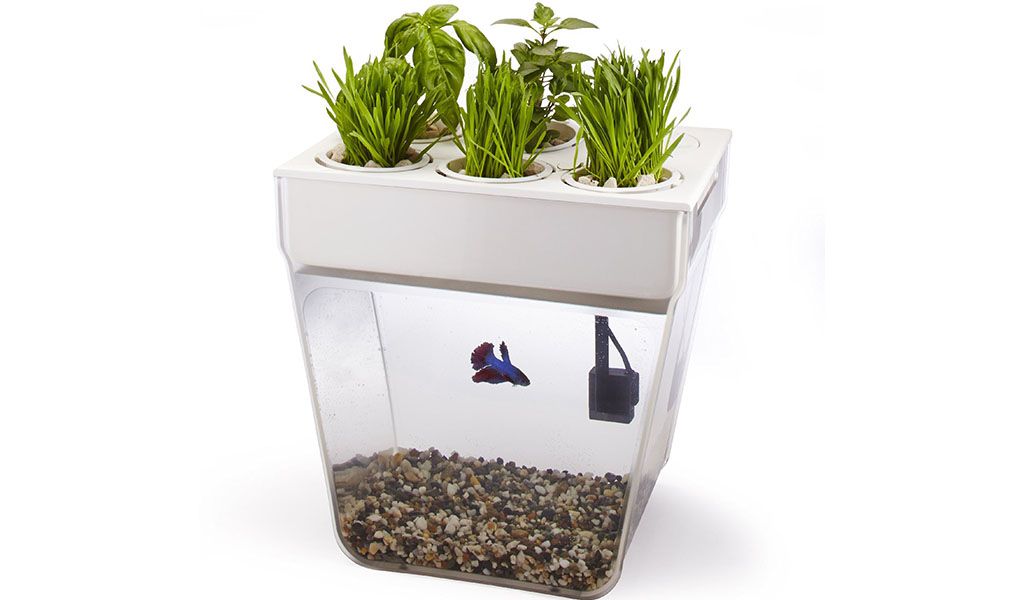
Furthermore, though there are some problems with hydroponics, it is also feasible because of its benefits. Then let’s have a look.
Pros of hydroponics
- No soil
- Control the nutrient level easier
- Remove the weeds easily
- Plants grow faster
- Consume less water
- Wide range of available plants
- Year-round growing
- Higher production
Cons of hydroponics
- Time-consuming process
- Demanding technical knowledge and specific nutrient solution
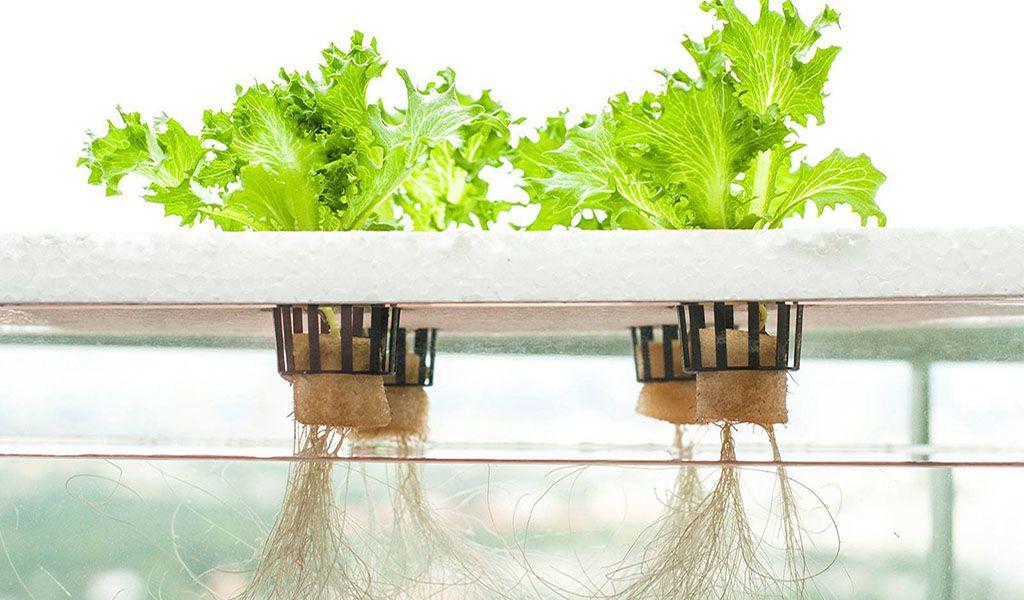
Do Hydroponics Need an Air Pump?
To build a thriving hydroponics system, it is essential to add some equipment or other components, like growing media, net pots, light, air stones, and air pumps. Take the tank 958 air pump as an example, without sufficient oxygen, plants submerged in the water may not absorb nutrients effectively and even suffer death. Fortunately, an air pump can aerate the water and maintain sufficient oxygen levels. For the water culture system, plants’ roots are usually submerged in the water. Stagnant water would lead to oxygen deficiency. Hence, it is critically important to add an air pump. Besides that, an air pump is also necessary for the aquaponics system. Since oxygen is crucial for fish and plants.
On the other side, hydroponics without an air pump is practicable sometimes, for example, a wick system, ebb and flow system, drip system, aeroponics system, and nutrient film technique system. Because the roots are not immersed in the water, consequently, the roots would not face oxygen deficiency.
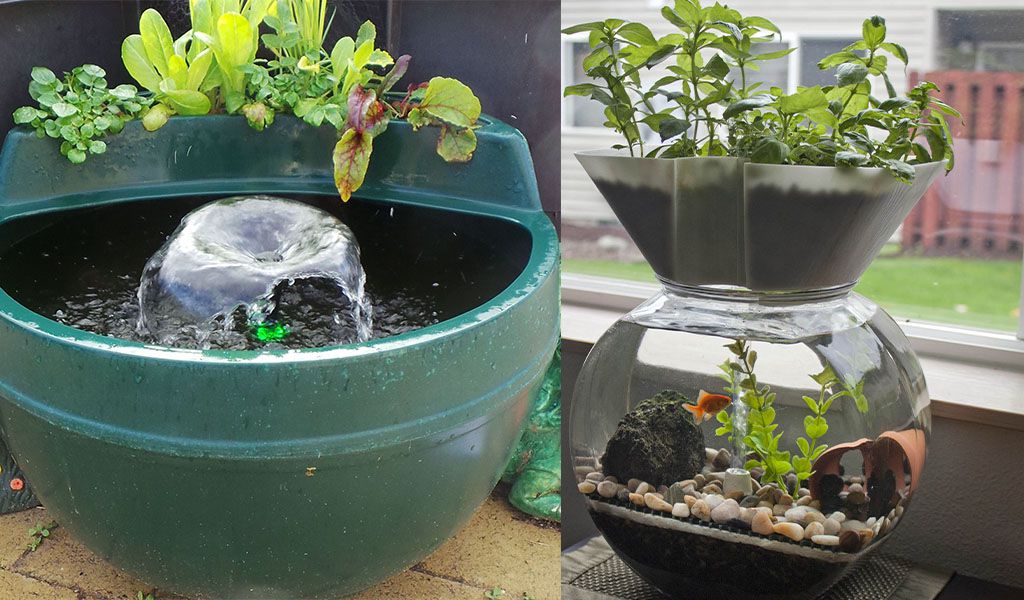
What Type of Air Pump Does It Require for Aquaponics?
Generally, there are three types of air pumps, plug-in air pumps, rechargeable air pumps, and external interface charging air pumps. The latter two are fit for fishing, fish transportation, power outages, and other scenes. While the plug-in air pumps are suitable for aquaponics. Specifically, you should consider factors, such as plant density, as well as water capacity and depth before installing an air pump. As the factors mentioned above determine the dissolved oxygen requirement and the air pump size.
For instance, a mini air pump of 1.5 watts is perfect for a hydroponic system. It is different from a traditional air pump, which is driven by a thin piezoelectric ceramic plate. Moreover, it has no motor or other mechanical equipment. As a result, the air pump runs quietly.
By the way, to install an air pump for aquaponics, the following materials are necessary, including airline tubing, air stone, and check valves. The airline tubing can transfer the air, while the air stone plays an important role in diffusing air into the water. Also, the check valve ensures that the water would not flow back to the air pump.
Conclusion
After reading, do you want to have a try? By the way, although the nutrient solution can fulfill the requirements for basic nutrients, minerals, or something like this, plants also need sufficient light and oxygen. Consequently, you should prepare in advance. That is all for today. And feel free to share the process, feelings, and ideas in the comment. Finally, thanks for your reading.
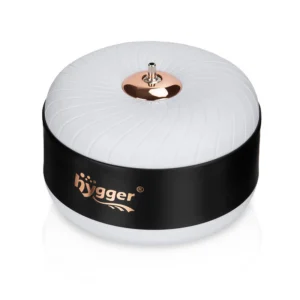
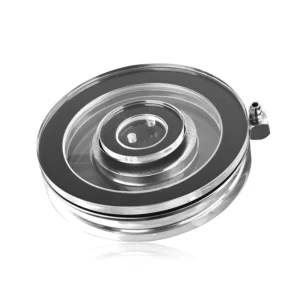
Leave a comment